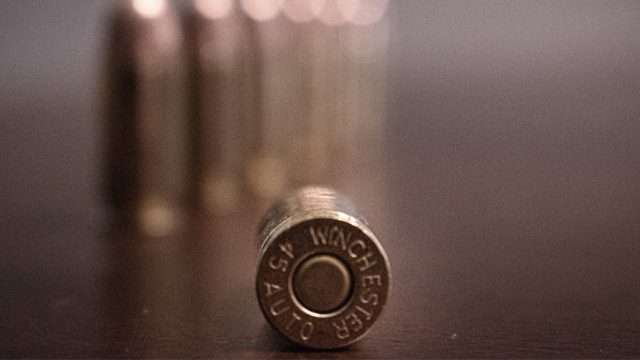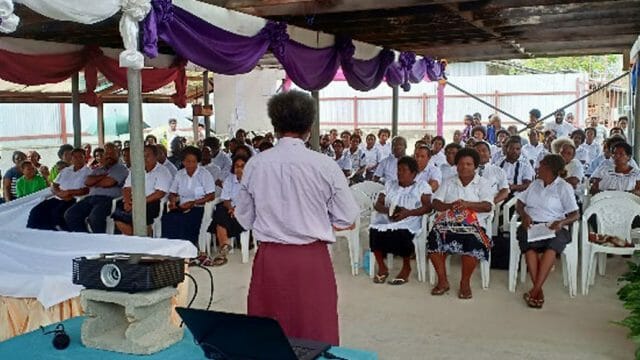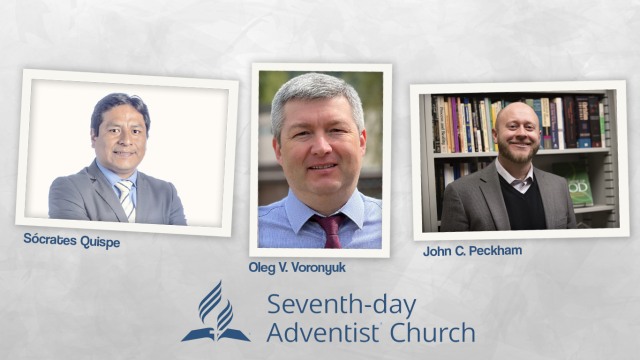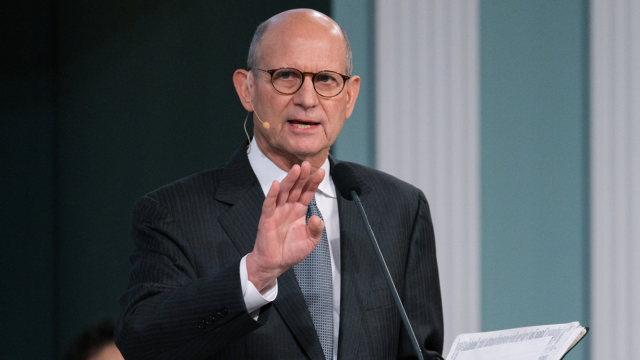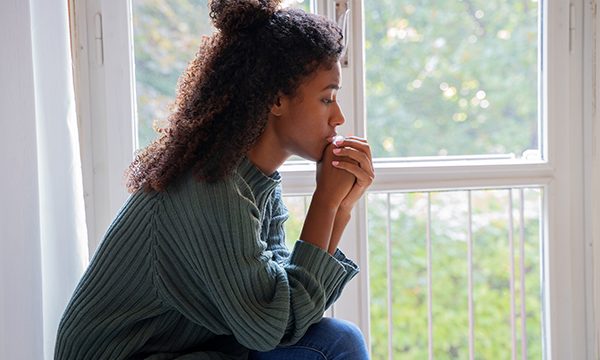George and Mary-Ann Keough’s incarnational ministry
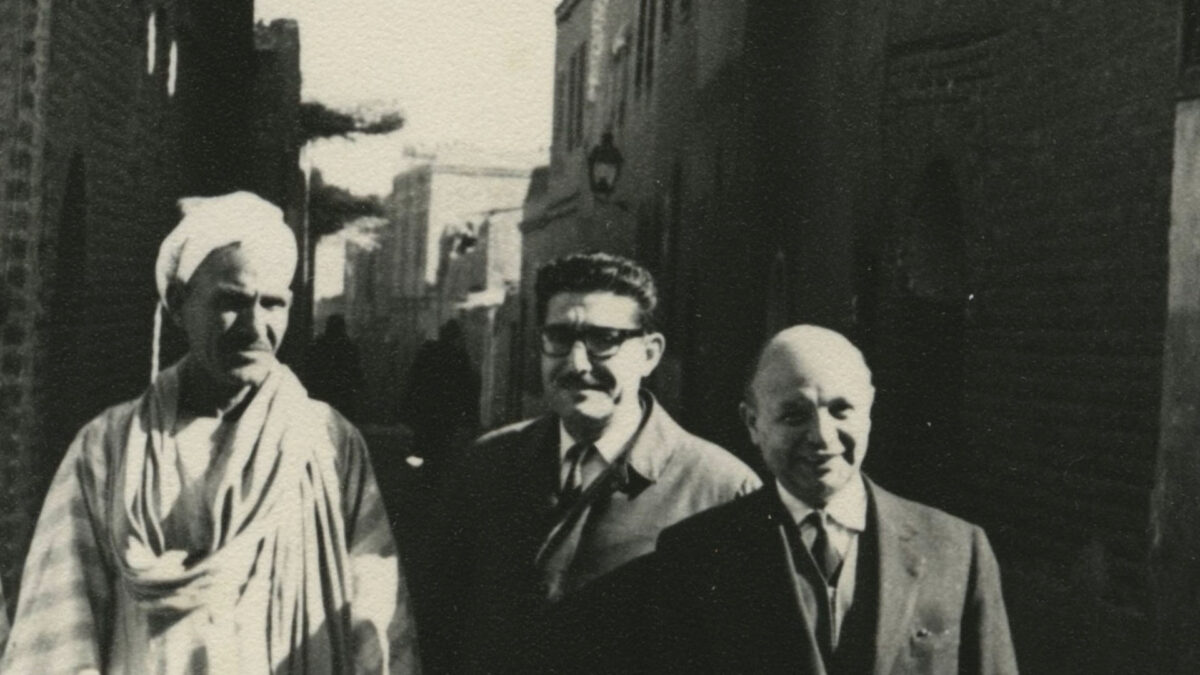
The Seventh-day Adventist Church’s first missionaries arrived in Egypt in 1899, but they had little success. By the autumn of 1908, 10 Adventists were in Egypt, and three of them were missionaries; only seven local believers had been won in almost 10 years. In September 1908, however, two new missionaries arrived: George and Mary-Ann Keough.
GEORGE AND MARY-ANN KEOUGH
George Keough was born in Scotland and raised in Northern Ireland. Mary-Ann was from Yorkshire, England. Both regions are known for producing people who were strongminded and willful. They would need stubbornness and self-belief in their assignment.
George Keough quickly grasped (as he later recalled) that Adventist mission work in Egypt “was only for expatriates with no influence on the local people.”* On arriving, he was told not to learn Arabic—that there was no point, because local people could not be won.
Deciding to speak to them in their own language, Keough did learn Arabic. He was eventually able to both speak and write it fluently; he also learned the form of Arabic spoken by the fellahin, the peasants who made up 90 percent of Egypt’s population.
Fervently desiring to find a way to connect with them, in 1911 the Keoughs left Cairo and moved deep into Upper Egypt. Their new home was Asyut, 250 miles up the Nile. This was a huge step for Keough and his family (a son had been born in 1909). Very few Europeans lived in Asyut. In fact, because it lacked archaeological remains, Europeans rarely visited the region. The Keoughs were exceptionally isolated.
REACHING OUT
Evangelistic opportunities were limited. Proselytizing Muslims was against the law, and witnessing to native Coptic Christians was difficult because of their tightly knit communities. In 1912, however, God intervened. Keough was contacted by Yacoub Bishai Yacoub, a Christian and an important figure in his village of Beni Adi.
Convicted by the fourth commandment, Yacoub and his family had started keeping the seventh-day Sabbath. Hearing of a European doing likewise,
he wrote to Keough, asking him to visit Beni Adi. Soon Keough baptized Yacoub and his son. Thereafter, in Beni Adi, Keough had on his side a patriarch with authority over his extended family and status in the wider community. Between November 1912 and May 1913, Keough baptized 18 men and seven women, more than doubling the entire Adventist membership in Egypt.
Keough used the kinship networks of those whom he had baptized and began working around Beni Adi. Another 16 people were baptized by 1917. Churches were organized in the villages of Beni Adi, Beni Shaaran, Masarah, and Tatalya, and in the city of Asyut.
These baptism numbers might seem insignificant in much of the world. In the Middle East they were unprecedented at the time, and rarely equaled since. How did it happen?
INCARNATIONAL MINISTRY
George Keough tried to embody Christ to people who were, he knew, deeply suspicious of his teachings. He had an extraordinary ability to make friends with people, partly because, for him, friendship was not a tactic. People could sense that he was for real.
Decades later, while teaching at Newbold College in his 70s and 80s, George connected with 20-year-old students in ways that younger teachers could not. Adventist believers in Beni Adi today still tell stories handed down from 100 years ago of how this European did what Westerners never did: he came into their mud-brick houses, sat on their dirt floors, spoke to them in their own language, and ate their food.
In Middle Eastern culture, it is unforgivable not to be hospitable. Many of Keough’s hosts were poor, so what they offered him was unappetizing, including mish, an Egyptian cheese made by fermenting salty cheese for months or years. The result is a very strong flavor, and, around Asyut at least, a reputation for being worm-ridden. A family in Tatalya treasures the tale of how Keough ate mish with their grand-parents and great-grandparents—in spite of the worms they all saw in it.
By eating whatever was put in front of him, Keough honored their hospitality. By not holding himself aloof, but sitting with them, he won their affection. He moved his family, including a young son and baby girl, into Beni Adi, building his own home there. Bandits were common in the area, and the police chief in Asyut warned Keough that he could not protect the four Keoughs. But the Keough family were kept safe because they were part of the community.
ADAPTING TO CONTEXT
George Keough not only spoke to people in their own tongue; he also spoke and wrote it so well that he successfully contextualized both Bible stories and Seventh-day Adventist beliefs in ways that made them both comprehensible and faithful to the original. He made Seventh-day Adventist Christianity authentic to the Egyptian context.
As a result, converts did not make themselves completely alien to their culture, but continued in it. They were able to remain in their villages, rather than being driven out; and they were thus better equipped to witness to the members of their communities.
As a result, Upper Egypt has always been where the Seventh-day Adventist Church is strongest in Egypt. The churches I mention above still exist; I had the privilege of visiting them in 2012. George and Mary-Ann Keough planted enduring churches through their ministry.
THE POWER OF REAL CHRISTIANITY
I heard the story of mish in 2012, when I was also told by an elder of the Beni Adi church what his uncle told him: “In Keough the people saw the real Christianity, not just claiming about Christianity.” Keough wrote in 1943 of his hope that “the good news of a mighty Savior who [is] soon to return to earth” would make “a definite advance” in “the Middle East and North Africa.”
The Seventh-day Adventist Church is still only marginally successful in much of the region, and a “definite advance” will surely need more than Adventist Chris- tianity to be taught. The power of real Christianity will need to be manifested in the lives of those working to proclaim the three angels’ messages.
*Quotations come from the Keough Papers in the Roy Graham Library, Newbold College, Special Collections; records in the General Conference Archives; author interviews with Keough’s former students at Newbold, with whom he shared memories of mission service; and author interviews with church members in Egypt.


